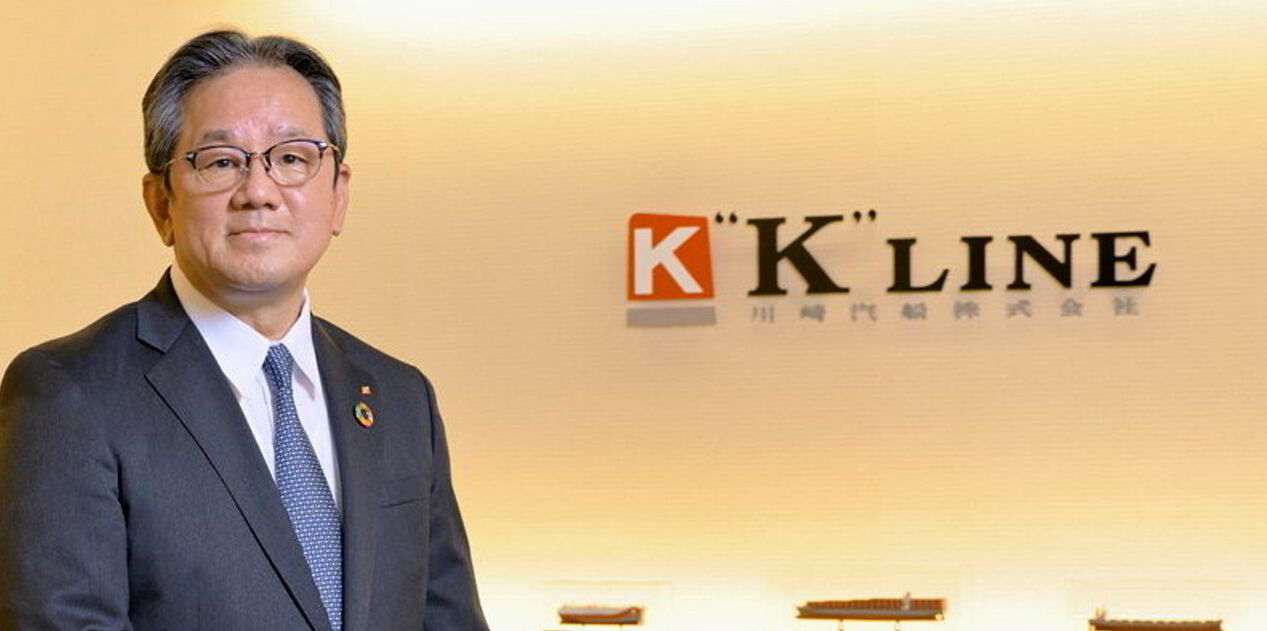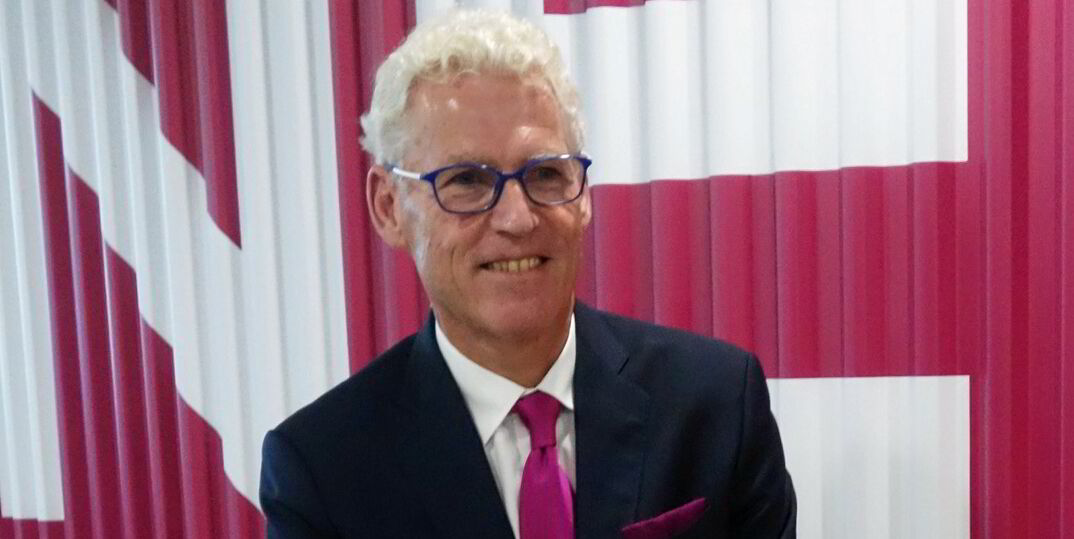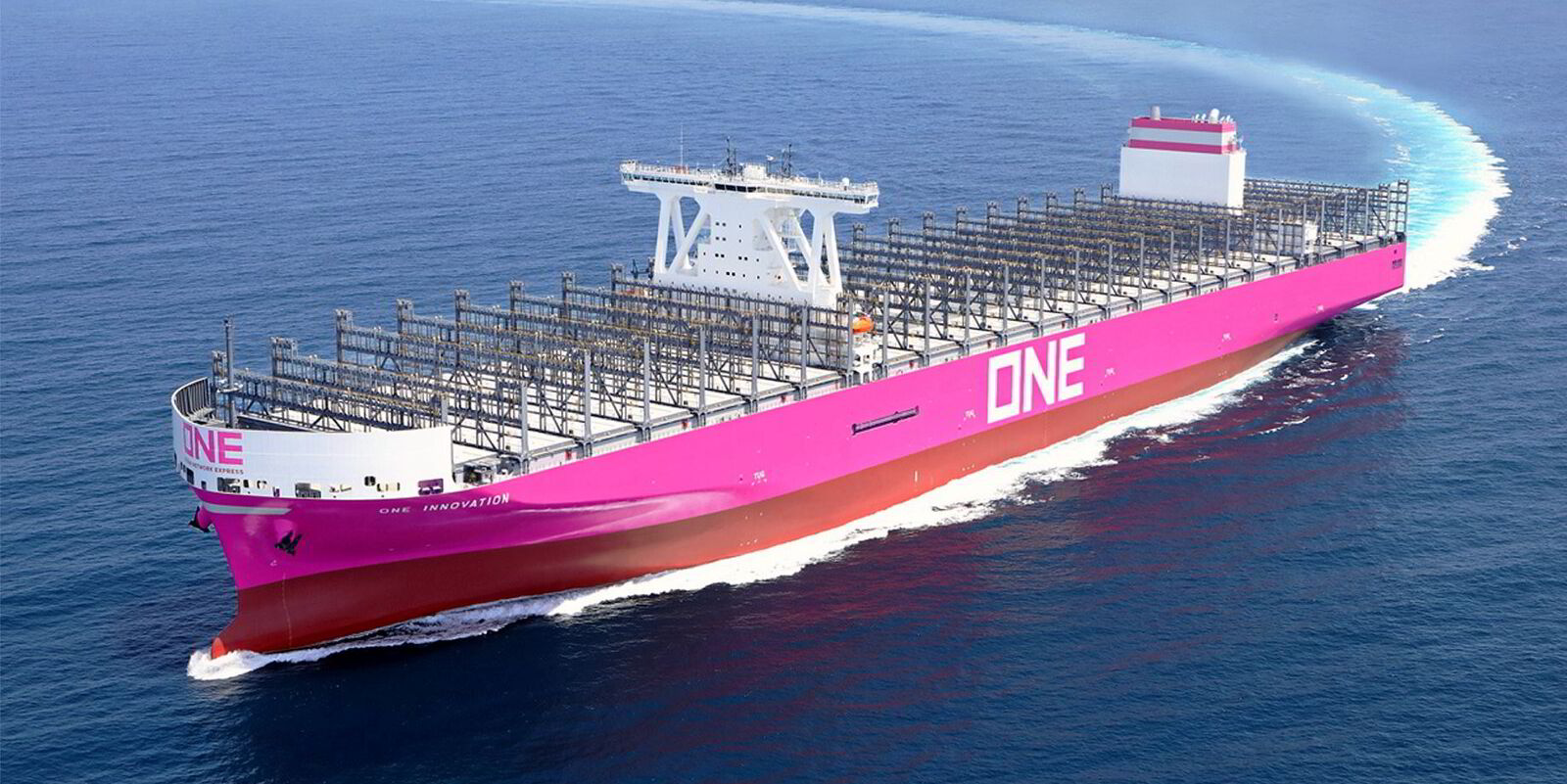K Line has seen first-quarter net profit almost double compared to a year ago and anticipates an even better performance in the next quarter.
Net income for the April to June 2024 period was ¥72.5bn ($490m), against the ¥36.8bn achieved in the corresponding quarter last year.
K Line’s container ship segment saw ordinary income rise over 70% year on year to ¥41bn as the situation in the Middle East led to an increase in voyage days, congestion at major ports and a shortage of containers.
“Accordingly, the supply and demand situation has become tight not only for routes to Europe and the US but for other route destinations as well,” K Line said.
K Line’s dry bulk fleet, which numbers over 190 ships, also had a strong quarter, with ordinary income increasing more than fivefold to ¥7.6bn.
“The capesize market remained strong, thanks to generally favorable transport demand. This included strong demand for iron ore and bauxite transport from the Atlantic region to East Asia, as well as increased iron ore exports from Western Australia,” K Line said.
“Market conditions for panamax and smaller sizes remained firm, with steady shipments of coal in the Pacific region and large grain export volumes despite it being off-season for grain production in South America.”
K Line’s fleet at the end of the first quarter included 85 capesizes, 89 panamax or smaller bulkers and 11 woodchip carriers.
It also has significant exposure to the car carrier and LNG markets, with 91 car carriers and 46 LNG carriers and a further 19 LNG carriers on order for delivery in 2025 and 2026.
Net income surge
Looking ahead to the full year, K Line expects net income to more than double to ¥210bn compared to a year ago.
“Operating income is expected to improve by ¥17.9bn, compared to the fiscal year 2023, on the back of stable market conditions for dry bulk, as well as steady vehicle production and shipment volumes for car carrier business,” K Line said.
“Although there is a certain degree of uncertainty in the container ship business, we expect ordinary income and net income to increase based on the current outlook, which is expected to remain strong.”
K Line said that although there are causes for concern such as the uncertain outlook for the Chinese economy and the continuing geopolitical risks in the Middle East, market conditions for the dry bulk market are expected to remain firm.
This is due to tighter vessel supply and demand over the medium to long term, against the backdrop of limited delivery of new vessels.
In the car carrier business, K Line said that although there are concerns about the possibility of a global economic recession and geopolitical risks, vehicle production and shipments are expected to remain steady.
“For the container ship business, the outlook for the supply and demand environment is becoming unclear,” K Line said.
“It is expected to take some time for the current Middle East situation to normalize, and the geopolitical environment is becoming more complex.”





